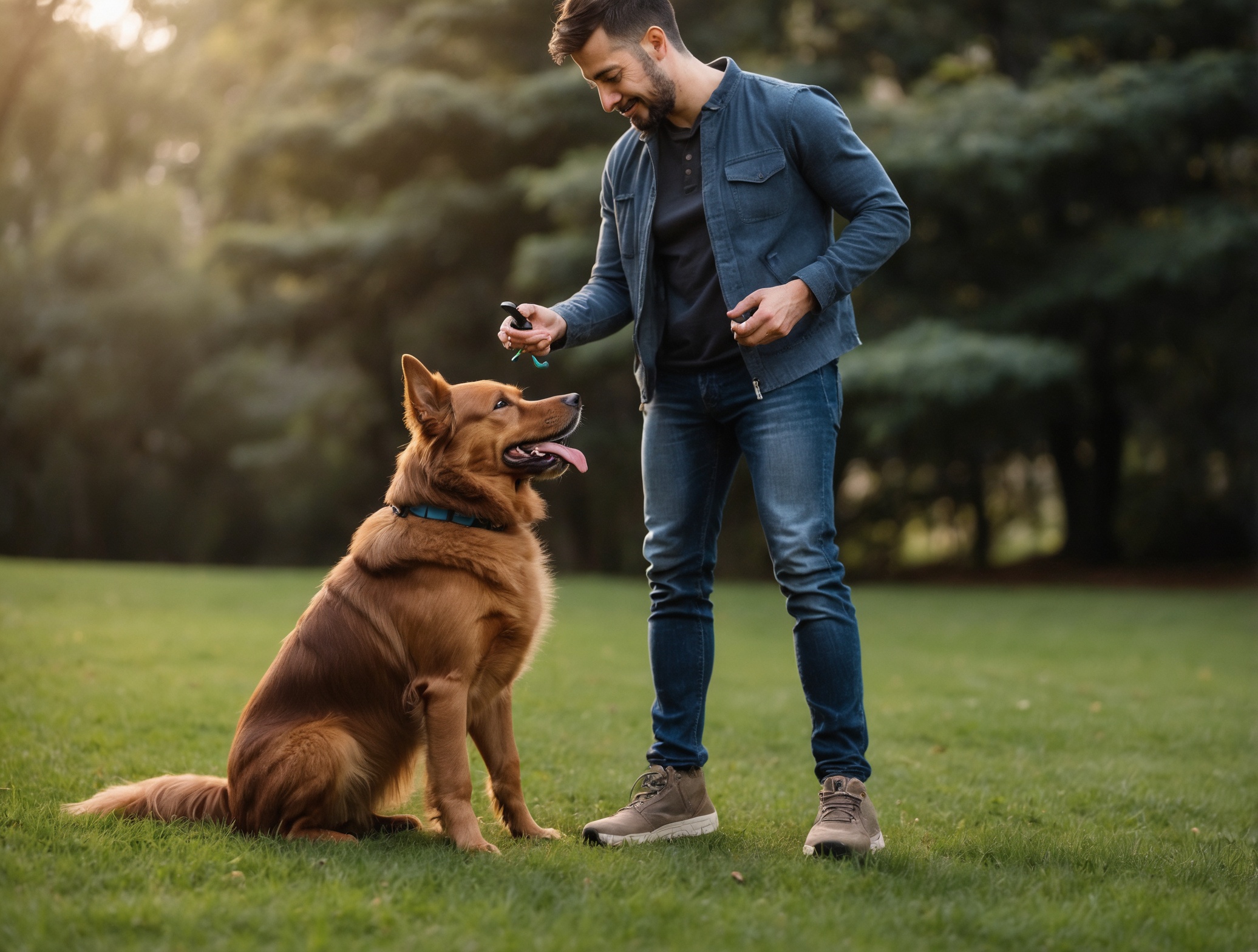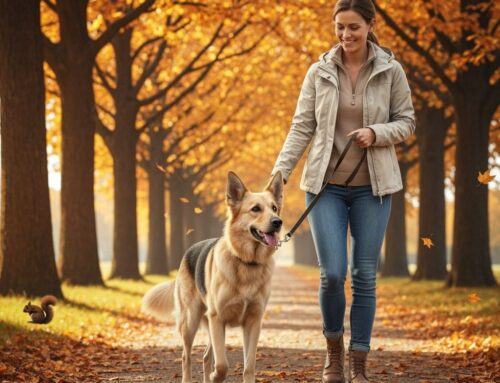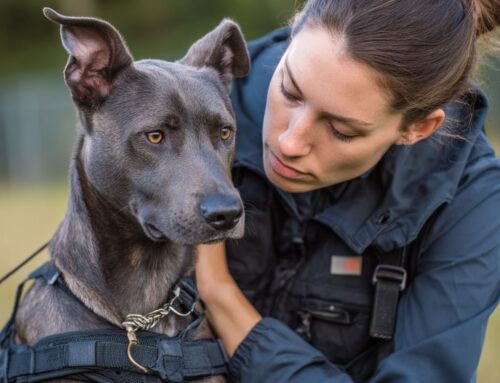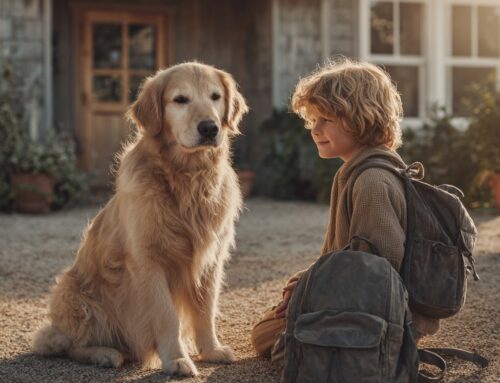Clicker training is an effective and fun way to train your dog using positive reinforcement. This method involves using a clicker to mark the exact moment your dog performs the desired behavior, followed by a reward. Clicker training offers numerous benefits: it enhances communication between you and your dog, accelerates learning, and makes training sessions enjoyable. Unlike other training methods that may rely on correction or punishment, dog clicker training focuses on rewarding positive behavior, which strengthens the bond between you and your furry friend. And with every dog being unique and having their own personality and different reactions to all sorts of training methods, this clicker train approach is not only humane but also scientifically proven to be effective in shaping your dog’s behavior by just listening to their needs and helping them through various actions and doing operant conditioning.
The versatility of clicker training allows it to be used for a wide range of purposes, from teaching basic commands to addressing complex behavioral issues. Whether you’re a new dog owner or an experienced handler, incorporating a dog training clicker into your routine can make a significant difference in your dog’s particular behavior and your overall training experience. Here are seven of the best ways to use clicker training for dogs, ensuring they develop good manners, obedience in basic behavior, and even some fun tricks along the way.
1. Basic Commands
Teaching basic commands like “sit,” “stay,” “come,” and “down” using clicker training lays the foundation for good behavior and obedience in your dog. These commands are essential building blocks that not only improve your dog’s manners but also enhance their safety and your ability to communicate effectively with them. By establishing a strong understanding of these fundamental commands, you create a framework for more advanced training and behavior modification in the future with clicker trained dogs. Clicker training, with its precise and clear communication method, makes learning these commands easier and more enjoyable for your dog. Here’s how you can effectively teach each of these basic commands using a clicker.
Sit:
Hold a treat close to your dog’s nose. Move your hand gradually up, allowing your dog’s head to follow the treat as it moves up, which will naturally cause their bottom to lower in the process. As soon as their bottom touches the ground, click and give the treat.
Stay:
Ask your dog to sit. Open your palm in front of you and say “stay.” Take a few steps back. If your dog stays, click and return to give a treat. Gradually increase the distance and duration.
Come:
Attach a long leash to your dog. Move a few steps away, crouch down, and enthusiastically call your dog. As soon as your dog starts moving towards you, click and reward when they reach you.
Down:
Hold a treat in your hand and let your dog sniff it. Move your hand to the floor, leading your dog to follow. As soon as your dog lies down, click and reward.
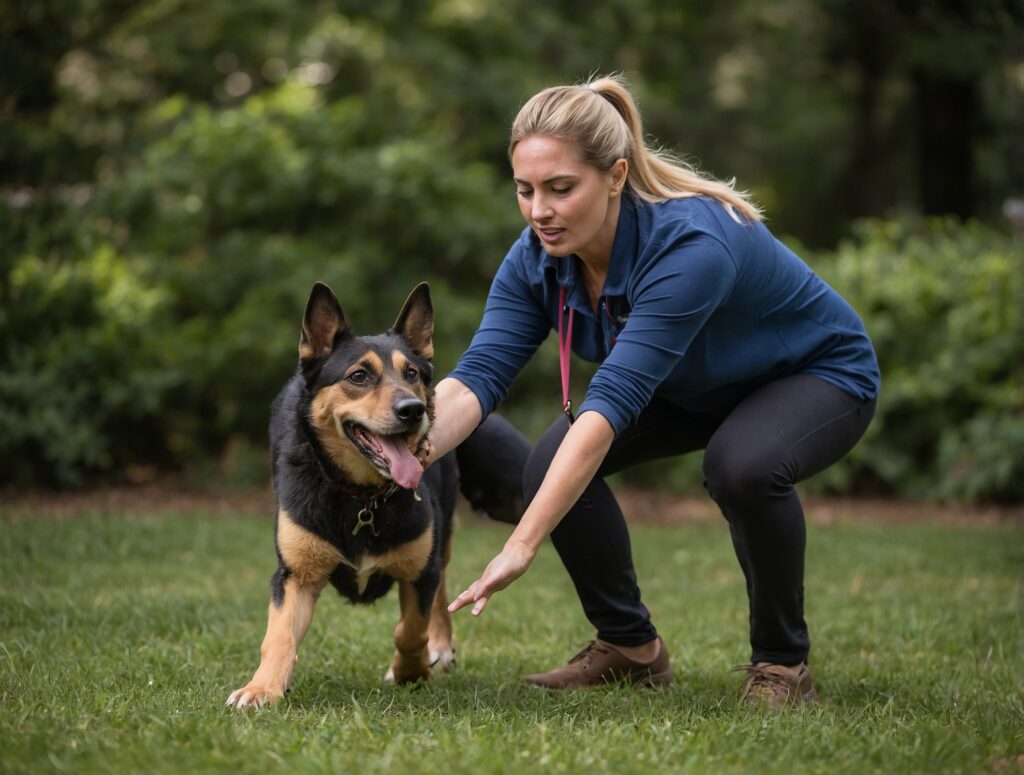
2. House Training
House training is one of the first and most important steps in integrating a new dog into your household. It sets the foundation for a clean and harmonious living environment, reducing stress and frustration for both you and your pet. Successful house training involves teaching your dog where and when it is appropriate to eliminate, which can be a challenging process without the right approach. Clicker training can make house training quicker and clearer for your dog by providing immediate and precise feedback for desired behaviors so your dog understands. This method of positive reinforcement not only accelerates learning but also fosters a trusting relationship between you and your dog, making the entire process smoother and more effective. Here’s how to use clicker training to house train your dog effectively.
Establish a Routine: Take your dog outside frequently, especially after meals, naps, and playtime. Go to the same spot each time.
Click and Reward: Wait for your dog to start eliminating. Click the moment they finish, then immediately give a treat.
Supervise and Confine: Keep a close watch on your dog indoors. Use a crate or a designated area when you can’t supervise.
Accidents Happen: If you catch your dog in the act indoors, interrupt with a noise and quickly take them outside. Never punish your dog for accidents; it can lead to fear and confusion.
3. Crate Training
Crate training provides a safe and secure environment for your dog and can be a useful tool for house training and preventing destructive behavior. By creating a positive association with the crate, you can help your dog see it as a comfortable and inviting space rather than a place of confinement. This method also helps with managing your dog when you’re not able to supervise them directly, ensuring their safety and your peace of mind.
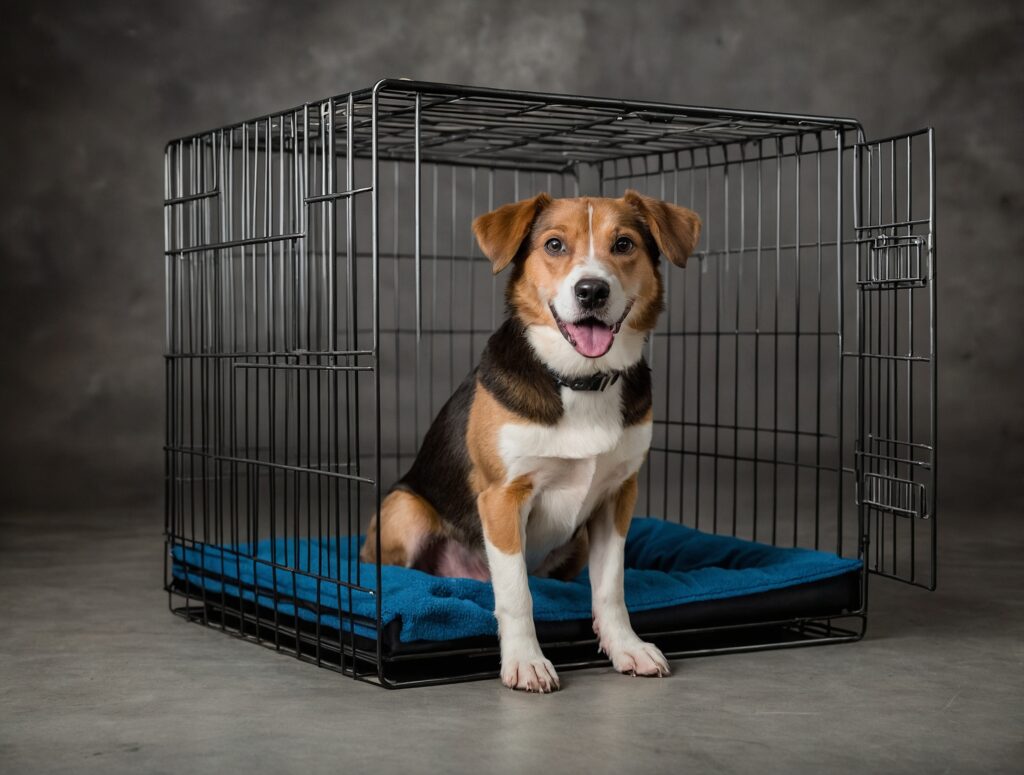
Introduce the Crate: Place the crate in a high-traffic area. Put treats, toys, and a comfortable bed inside.
Encourage Exploration: Let your dog explore the crate at their own pace. Click and treat every time your dog goes near or enters the crate.
Build Positive Associations: Feed your dog meals inside the crate. Gradually increase the time your dog spends in the crate with the door closed.
Comfort and Consistency: Use the crate for short periods initially. Ensure the crate is a positive place, never a punishment so your dog associates positivity to this crate.
4. Leash Training
Leash training helps prevent pulling and ensures walks are enjoyable for both you and your dog. Proper leash manners also promote safety, as a well-trained dog is less likely to dart into traffic or get into altercations with other dogs. By establishing good leash habits early, you can create a more relaxed and pleasant walking experience for both you and your pet.
Familiarize with the Leash: Let your dog wear the leash around the house to get used to it.
Start Indoors: Practice walking inside before going outside. Click and treat when your dog walks beside you without pulling.
Walk and Stop: When your dog pulls, stop walking. Wait until your dog returns to your side, then click and treat.
Gradual Progress: Gradually increase the length and distractions during your walks. Reinforce good behavior consistently.
5. Trick Training
Teaching tricks is not only fun but also mentally stimulating for your dog. Dogs learn new skills, improve their problem-solving abilities, and build confidence as they master each trick.
Break It Down: Divide the trick into small, manageable steps. Click and treat for each step completed correctly.
Combine Steps: Once your dog masters each step, start combining them. Click and treat for the completed trick.
Repeat and Reinforce: Practice regularly to reinforce the trick. Gradually reduce the treats as your dog masters the trick, but continue to click and praise.
Keep It Fun: Maintain short and upbeat training sessions. Always end on a positive note and make training fun for you and pup.

6. Behavior Modification
Clicker training can be highly effective in addressing and modifying unwanted behaviors. By using positive reinforcement to reward desirable behaviors, you can replace negative habits with more appropriate actions. This method helps create a positive learning environment, reducing stress and confusion for your dog, and fostering a stronger bond between you and your pet.
Identify the Behavior: Clearly identify the behavior you want to change.
Replacement Behavior: Decide on a positive replacement behavior. For example, if your dog barks at the doorbell, train them to go to a specific spot instead.
Click and Reward: Click and treat when your dog performs the desired replacement behavior. Be consistent and patient as behavior change takes time.
Gradual Increase: Gradually increase the difficulty, such as increasing distractions. Always reinforce the positive behavior.
7. Recall Training
A strong recall is crucial for your dog’s safety and freedom. It allows your dog to enjoy off-leash activities while ensuring they will return promptly when called, preventing potential dangers. Building a reliable recall also strengthens the trust and communication between you and your dog, making outdoor adventures more enjoyable and worry-free.
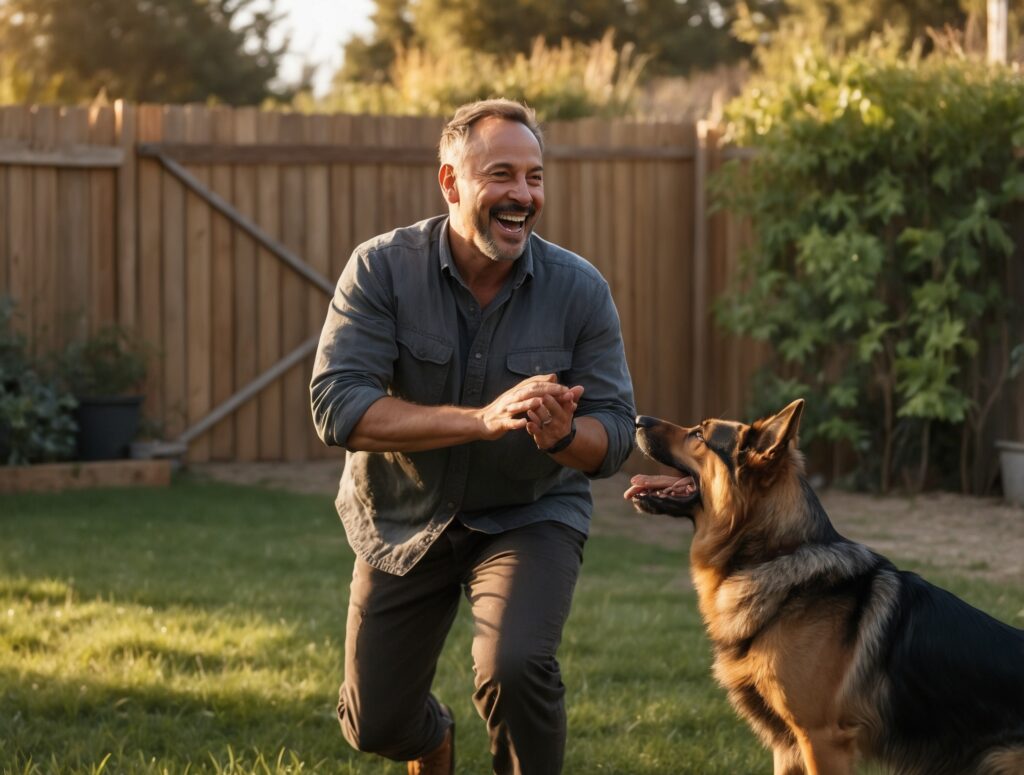
Start Small: Begin in a quiet, distraction-free environment. Call your dog’s name and say “come.”
Immediate Click: Click as soon as your dog starts moving towards you. Reward generously when they reach you.
Increase Distance: Gradually increase the distance and complexity. Introduce mild distractions and continue to click and treat to help correct behavior when distractions are introduced.
Practice Regularly: Make recall training a part of your regular routine. Always make coming to you a positive experience with high-value rewards.
Tips for Effective Clicker Training
Timing: Timing is crucial in clicker training because the clicker serves as a precise marker that tells your dog exactly which behavior is being rewarded. The click should occur at the exact moment your dog performs the desired behavior. This immediate feedback helps your dog make a clear connection between their action and the reward training. Delayed clicks can confuse your dog, as they might associate the click with a different action. For instance, if you click just a few seconds too late after your dog sits, they might think the click is for standing up again or looking in a different direction.
Consistency: Consistency in training is essential for your dog to understand and learn basic commands effectively. This means using the same commands and cues every time you want your dog to perform a specific behavior. If you vary the command or the way you deliver it, your dog might get confused and not understand what is expected of them. For example, always using “sit” rather than sometimes using “sit down” ensures that your dog knows exactly what you want. Consistency also applies to the way you use the clicker and rewards, maintaining a predictable routine that reinforces learning.
Short Sessions: Keeping training sessions short and engaging helps maintain your dog’s interest and focus. Dogs, especially young puppies, have limited attention spans and can become bored or frustrated with long training sessions. Aim for sessions that last between 5 to 10 minutes and end on a positive note, leaving your dog eager for the next session. Short, frequent sessions are more effective than long, infrequent ones, as they keep your dog mentally stimulated without overwhelming them.
Positive Reinforcement: Positive reinforcement is at the heart of clicker training. Always pair the click with a reward to reinforce the behavior you want your dog to repeat. Rewards can be treats, praise, or play—anything that your dog finds motivating. This positive approach not only helps your dog learn more quickly but also strengthens the bond between you and your dog. By consistently rewarding desired behaviors, you encourage your dog to repeat those behaviors, creating a positive cycle of learning and cooperation.
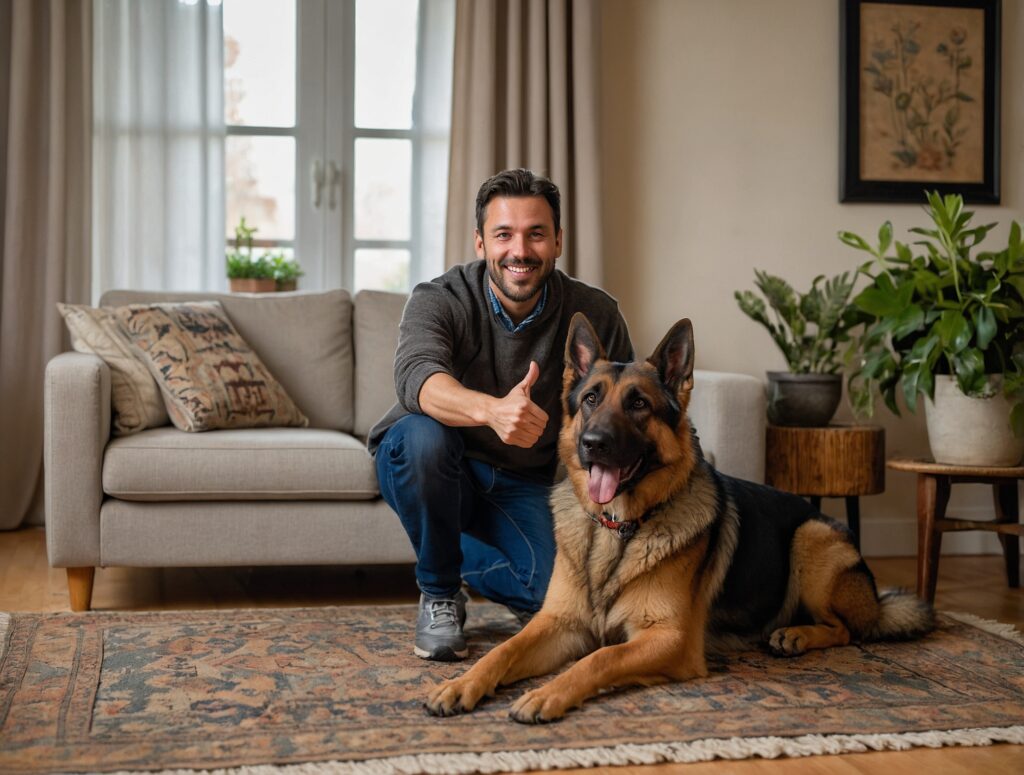
Dog Training with your Clicker and More
By using clicker training for dogs effectively, you can create a well-behaved, happy, and engaged dog. Each training session will also strengthen the bond between you and your furry friend.
At Performance K9 Training and Boarding, we believe that most behavioral issues can be resolved with a solid foundation of basic obedience training. In achieving pet parent satisfaction, our founder, David Greene, crafted a comprehensive 2-week board and train program that addresses common dog challenges. All skills in the Basic Behavior Modification Program are learned under partial distraction and partial off-leash, ensuring your dog’s training is versatile and practical. Integrating clicker training with this program can enhance your dog’s learning experience by providing clear and immediate feedback, making the training process enjoyable and effective for both you and your dog. Contact Performance K9 Training and Boarding for a free consultation today! Happy training!



